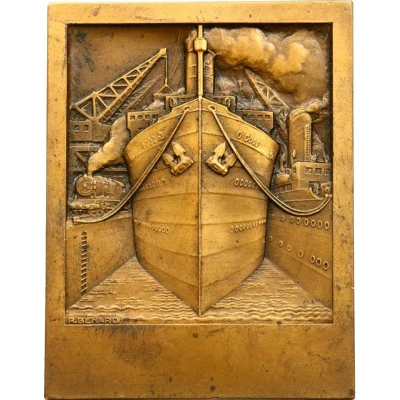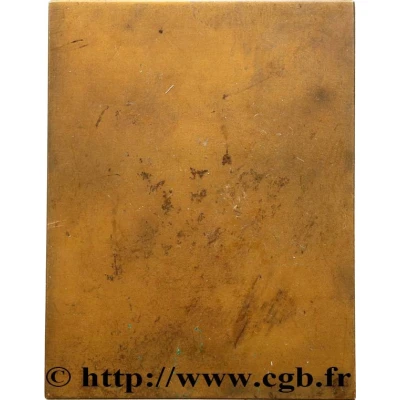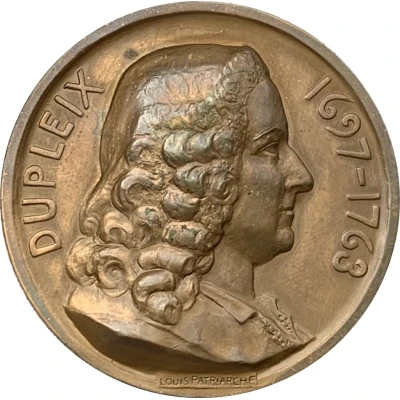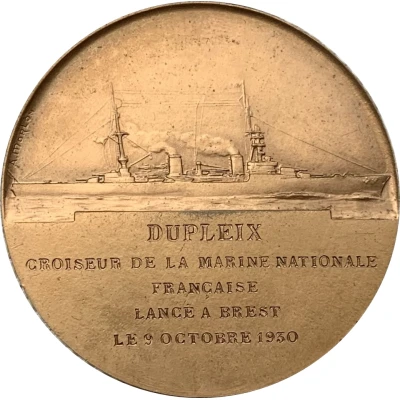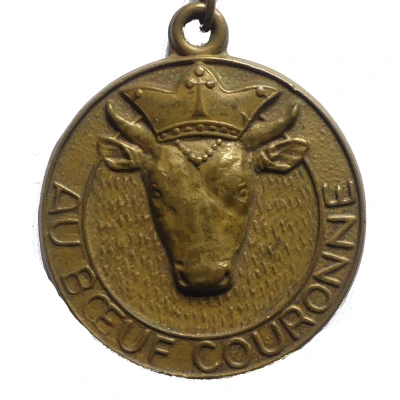


Au Bœuf Couronné - Paris ND
| Brass | 11.1 g | 30.15 mm |
| Location | France |
|---|---|
| Type | Medals › Advertising medallions |
| Years | 1930-1965 |
| Composition | Brass |
| Weight | 11.1 g |
| Diameter | 30.15 mm |
| Thickness | 3.29 mm |
| Shape | Round with a loop |
| Orientation | Medal alignment ↑↑ |
| Updated | 2024-11-12 |
| Numista | N#428420 |
|---|---|
| Rarity index | 97% |
Reverse
Legend in two curved lines at the bottom of the field.
Lettering:
188, AV.JEAN JAURÈS
TEL. NORD 89.52
Edge
Plain
Comment
Medal attached to a key ring, also in brass. Inscription "DEPOSE MM" on the ring:
Le Bœuf Couronné:
Unique, "Au Bœuf Couronné" has been known, since the early 1930s, for the excellence of its meats and its vast choice of weights and cuts.
https://boeuf-couronne.com/fr/page/restaurant-viande-paris.19247.html
The restaurant is still located at the same address.
How old is this medal?
A Wikipedia article tells the story of telephone numbers in the Paris region.
From October1, 1912, the telephone number became the name of the exchange followed by two groups of two digits (or, more rarely, one digit followed by two others), the first group corresponding to the exchange, the second to the subscriber.
...
On October1, 1963, the Paris telephone district became the last in France to replace alphanumeric dialing with all-digit dialing. Was this just a coincidence? Literal area codes were abandoned 51 years to the day after their introduction... Chénier, Gounod and Bossuet were the last to be inaugurated, the first two in January 1964, the third the following May. But announced a year earlier in their literal form (already printed on some business papers or business cards), they were put into service in the form of numbers.
https://fr.wikipedia.org/wiki/Anciens_indicatifs_t%C3%A9l%C3%A9phoniques_%C3%A0_Paris
This medal was therefore produced between 1930 and 1965. But the information about the telephone number and, above all, the use of this medal lead us to believe that it was produced after the Second World War and before 1965.
